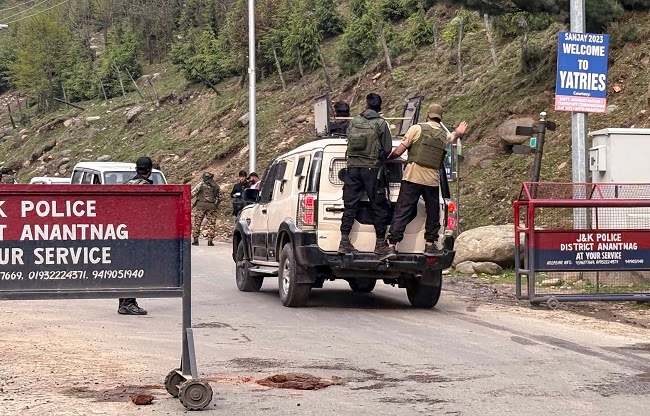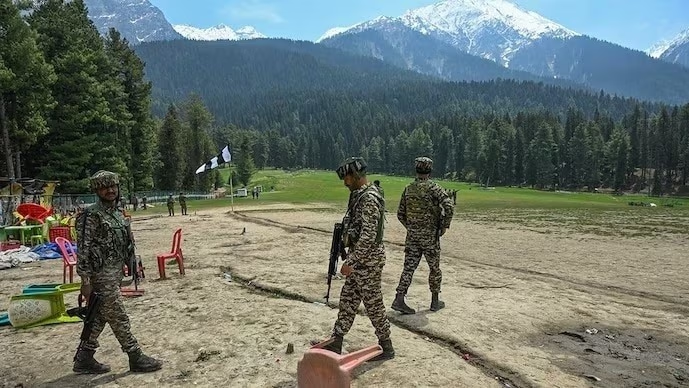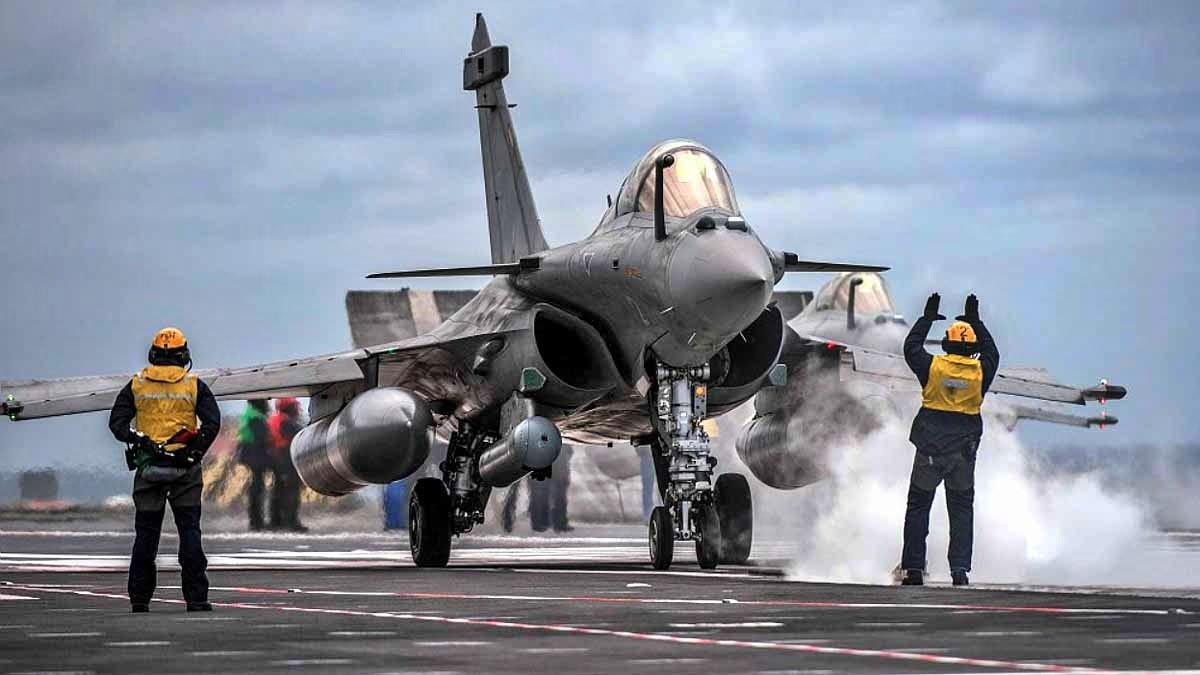Just before the commencement of the Amarnath Yatra, terrorists murdered 27 tourists in Pahalgam, Jammu & Kashmir, leaving numerous injured. The attack's links to Pakistan are being scrutinized. The Resistance Front (TRF), the organization claiming responsibility, has ties to Pakistan's Lashkar-e-Taiba, working behind a local guise. They orchestrated with their terrifyingly effective Falcon Squad, renowned for such operations.
Names like Hit Squad and Falcon Squad are emerging in the context of the Pahalgam attack. While these names might sound unfamiliar, their terrorist network is deep-rooted, dangerous, and linked to old, organized terrorist entities. They aren't straightforward groups but technical terror modules, like small units ready for specific missions, which then disband or change identities. These aren't real group names but strategic ones.
The Hit Squad's role is to eliminate a specific target, while Falcon sees itself as a revenge group. Thus, the Hit Squad represents a method of operation, while Falcon is a specific group deploying this strategy. According to an India Today report, Falcon poses a significant threat to security in the future.
Operating Strategy
TRF operates actively in Kashmir, focusing on target reconnaissance, weapon acquisition, training, and vanishing into valleys and forests post-attack. As per India Today, modern weapons were recently acquired by the Falcon Squad, now used against security forces and civilians alike.

Source: aajtak
Methods of Operation
Such terror modules are eerily shrewd. The alarming aspect is recruiting local youth, spreading radical ideas via social media to brainwash them into joining their ranks.
This approach offers dual benefits: using locals for attacks and gaining community sympathy and shelter. Falcon Module terrorists don't carry weapons openly but live like ordinary citizens, disposing of weapons post-attack. They deftly use the internet for connection.
Modern Methods with an Old Terror Twist
Earlier, attack patterns were different. An Observer Research Foundation report notes that terrorists used to cross the Line of Control covertly, executing guerrilla-style attacks before disappearing into dense forests.
Now, hybrid militants have replaced them. These random youths have no criminal records, connecting online with resistance groups. Training occurs, targets are set, reconnaissance is done, and they execute attacks at the appointed time, then disappear. With no records, they're harder to catch, returning to blend back into their communities.

Source: aajtak
Are There More Terrorist Groups Active in Kashmir?
The valley sees numerous independent terror groups emerging, with no apparent affiliations, presenting themselves as new entities. The TRF, Jammu Kashmir Gaznavi Force, Kashmir Tigers, and Peoples Anti-Fascist Front are prominent among them. Emerged post the abrogation of Article 370, TRF began online activity, later aligning with other significant terror outfits. It is also seen as a Jaish-e-Mohammed proxy, covering its tracks.
Seemingly newly formed, they have a singular agenda: instill fear and anger against non-Kashmiris among local populations, destabilizing Kashmir through terror. Besides TRF, key players include Jammu Kashmir Gaznavi Force and Peoples Anti-Fascist Front.
Funding from Various Global Terror Groups
Jammu Kashmir Gaznavi Force receives backing from Jaish-e-Mohammed, operating more on setting narratives and incitement through social channels rather than direct attacks. Some focus on recruiting overground workers. Once linked to Al-Qaeda, a weakened Ansar Ghazwat-ul-Hind shows occasional activity.
They engage in shadow wars, often debated with a 'Them vs. Us' narrative. Brainwashed extremists see themselves as 'Us' while labeling the broader nation, including the military, as 'Them,' supposedly wronging them.




